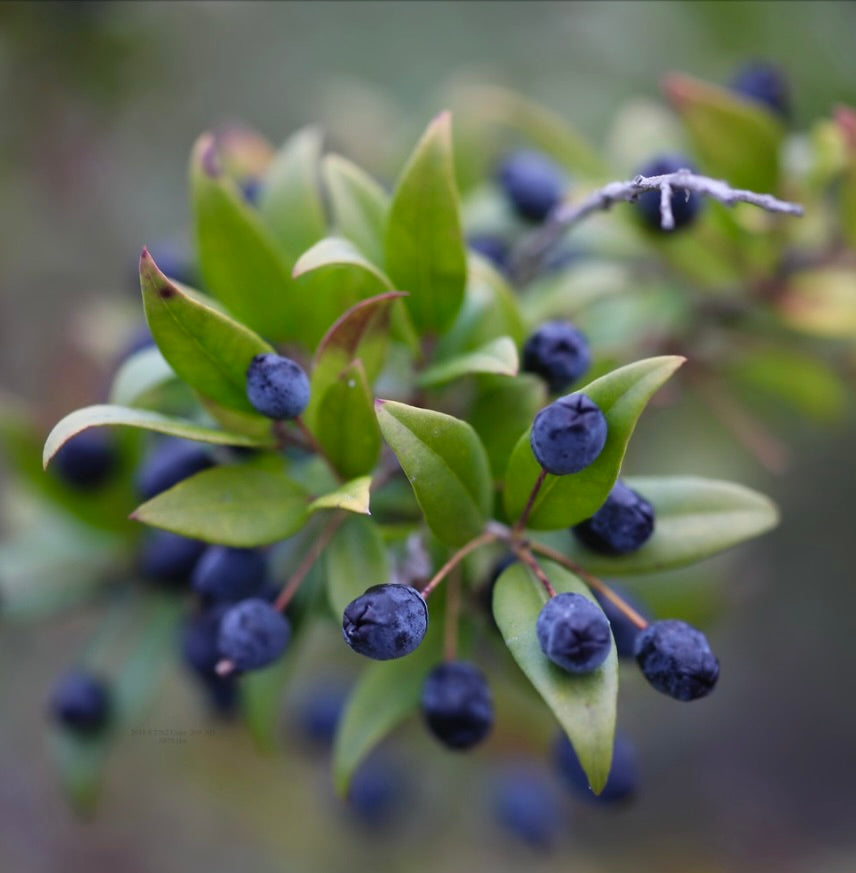Myrtus communis
Myrtus communis
Couldn't load pickup availability
Product Description
Myrtus communis, commonly known as common myrtle or true myrtle, is an evergreen shrub native to the Mediterranean region and parts of western Asia. Belonging to the Myrtaceae family, it is characterized by its aromatic foliage, small white flowers, and blue-black berries. Common myrtle is cultivated for its ornamental value as well as for its historical and cultural significance. In ancient times, it was associated with love, beauty, and immortality and was often used in wreaths and garlands. Today, it is grown in gardens for its attractive appearance, fragrant leaves, and ability to attract pollinators.
Cultivation:
-
Climate: Common myrtle thrives in warm, Mediterranean climates with mild winters and hot, dry summers. It can tolerate some frost but prefers protection from harsh winter conditions.
-
Sunlight: Plant the shrub in a location that receives full sun to partial shade. Adequate sunlight is essential for healthy growth and flowering.
-
Soil: Common myrtle prefers well-drained, slightly acidic to neutral soil. Amend heavy clay soils with organic matter such as compost or peat moss to improve drainage.
-
Watering: Keep the soil consistently moist but not waterlogged, especially during the plant's establishment period. Once established, common myrtle is moderately drought-tolerant and only requires supplemental watering during prolonged dry spells.
-
Fertilization: Apply a balanced, slow-release fertilizer in spring to promote healthy growth and flowering. Avoid excessive fertilization, as this can lead to excessive vegetative growth.
-
Pruning: Prune common myrtle lightly after flowering to maintain its shape and encourage bushy growth. Remove any dead, damaged, or crossing branches to improve air circulation and prevent disease.
-
Pest and Disease Control: Common myrtle is generally resistant to pests and diseases. However, it may occasionally be affected by aphids, scale insects, or powdery mildew. Monitor the plant regularly and treat any infestations promptly with insecticidal soap or horticultural oil.
By following these cultivation tips, you can successfully grow Myrtus communis and enjoy its beauty, fragrance, and historical significance in your garden or landscape.
IMPORTANT: Please be aware that picture 1 show adult plant not for sale, the offer is for a plant in the dimension indicated in title description.
Please be aware that most plants change across seasons. For example, some of them will naturally lose leaves or change in colour during colder months. Do not hesitate to contact us for further informations about the plants of your interest.
Cultivation
Cultivation
Info and Disclaimers
Info and Disclaimers
Plant height:
Pot diameter:
Picture taken on:


